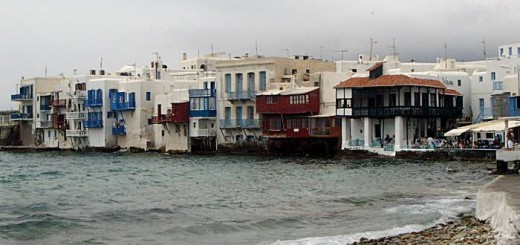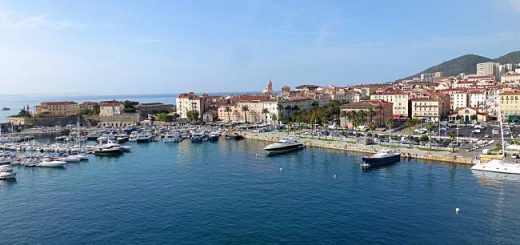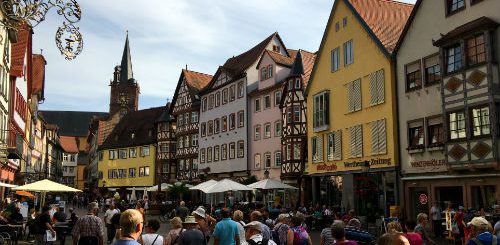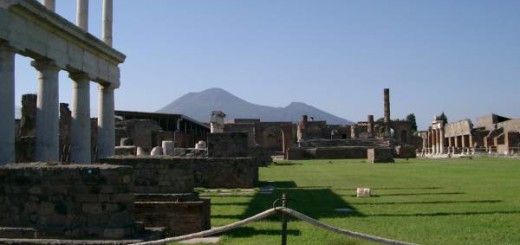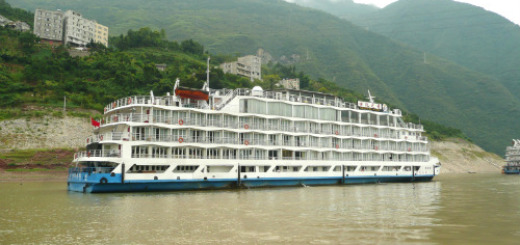Würzburg
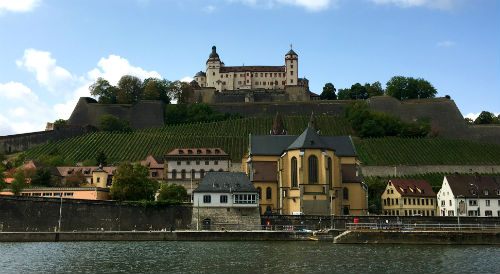
With a beautiful riverside setting and a rich cultural and architectural heritage, Würzburg is a popular tourist destination, particularly as an important centre of Franconian wines. It is hard to believe that much of what we see today is a faithful reconstruction of a city that was reduced to rubble by the Allied bombings of March 1945.
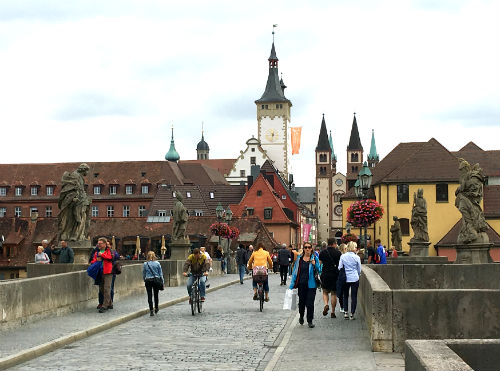
We were transferred by coach from our river ship to the Alte Mainbrücke (Old Main Bridge) so we could follow a guide around the most significant locations in town and then have free time to wander and sample some food and wine. What struck our eyes first was the tower of the old town hall and the cathedral in the distance. The piers of the pedestrian only bridge date back to the 15th century with further masonry work completed in 1543. The 12 statues of saints were added around 1730. The bridge, we were told, has become a favourite meeting place at night for those who enjoy savouring the local wines.
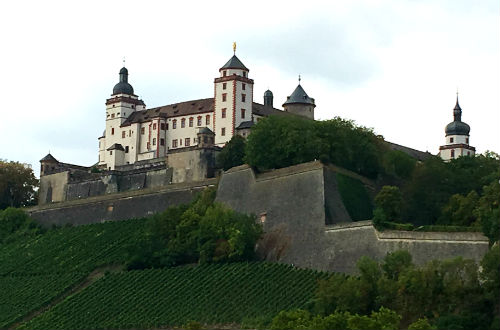
The Festung Marienberg (Fortress) dominates the skyline on the western side of the river Main. The original building was a small fort around one of Germany’s oldest churches, built early in the 8th century. The castle began construction from about 1200, though what we see today is mainly Renaissance in style, largely burnt out in 1945, its reconstruction completed in 1990. Today it houses the Princes’ Building Museum and the Franconian Museum which document the history of the fortress and the town and contain a fine collection of Renaissance sculpture and tapestries.
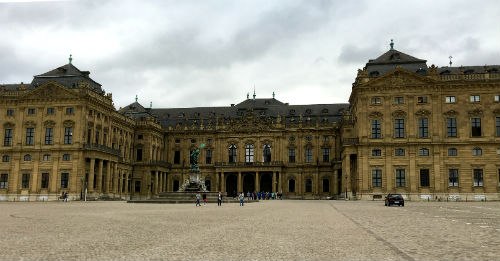
On the eastern side of the city you will find one of the most important Baroque palaces in Europe – The Residence – a UNESCO World Heritage site. The shell of the palace was built from 1720 to 1744, with the interior finished in 1780. Again, many sections needed restoration following 1945, but luckily the most spectacular entrance staircase was not affected. The huge vaulted ceiling above the staircase is adorned with a fresco painted by Giovanni Battista Tiepolo, representing the four known continents. The fresco measures 18 by 30 metres – one of the largest ever created. Sadly photographs are not permitted within the Residence or its gardens. A total of 40 rooms house a rich array of furniture, tapestries, paintings and other 18th century treasures.

Just west of the Residence is the Dom St Kilian (Cathedral) which dates from the 11th century, with additions and alterations done in the 17th and 18th centuries, such as the Baroque Schönborn Chapel at the end of the north transept.
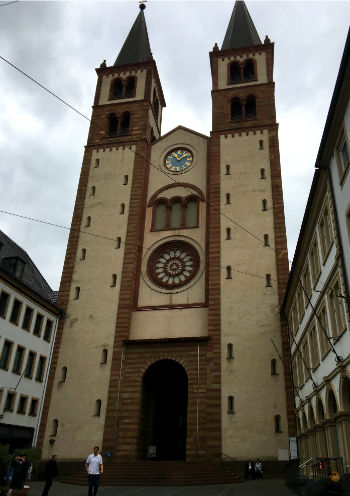
The cathedral was used as the burial place for the Prince-Bishops of Würzburg for hundreds of years. Designed in cross formation, the nave and choir have an overall length of 103 metres, making the cathedral the fourth largest Romanesque church building in Germany. Its austere outside belies the restored baroque stucco work within. The cathedral was very badly damaged in the bombings of 1945. The decision was made to preserve what was left and to rebuild the parts that had been lost in a new design. The reconstruction process was completed in 1967.

Another fine specimen of Baroque architecture is the west end of the Neumünster Collegiate Church, added in 1719, whose crypt houses the sarcophagus of the Irish monk St. Kilian, who was murdered here in AD 689. The Romanesque east end dates from the 11th century.
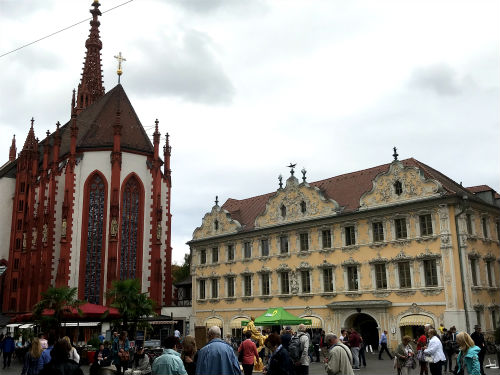
The Marktplatz is dominated by two outstanding buildings – the late-Gothic Marienkapelle (Church of St Mary), begun in 1377 and completed in 1480 with the erection of its tower, and the pretty Falcon House dating from 1752, decorated with Rococo stucco work. The Falcon House now contains the tourist information centre and town library. Among the various market stalls that day we were lucky to discover a wine festival (Weinparade) in progress. One of the stalls was by the Juliusspital Vineyard, one of the three big traditional producers in Würzburg and the second largest winery in Germany. It owns vineyards in prime locations all over Franconia, producing 60 different wines. The wine region of Franconia is famous for its mineralic dry white wines especially from the Silvaner grape. The Würzburger Hofbräu brewery also locally produces a well-known pilsner beer.

The Rathaus, or town hall, is a collection of buildings built for different purposes and from different periods, such as a chapel, the Grafeneckart clocktower, and even a monastery cloister. Seen from the various sides, you would think you are looking at completely different buildings, not the one town hall. The tower on the central street of the town can be seen from all over, making it easy to find your way back to the old bridge. The Ratskeller, or restaurant, serves traditional fare, while the hall itself has a permanent display of the destruction of the city during the 1945 bombings.

Back near the old bridge we happened upon several wine shops offering tastings. This little wine shop managed to tempt us so much that we came away with two bottle of the ones we liked best – a Cabernet Dorsa and a Domina, both rich red wines suiting our Australian palate.
It was here we learned the source of our frequently quoted maxim – ‘Life is too short to drink bad wine’ (Johann Wolfgang von Goethe). This cruise was turning out to be a most satisfying experience! Next, the city of Bamberg awaited: a chance to try their famous beers.
